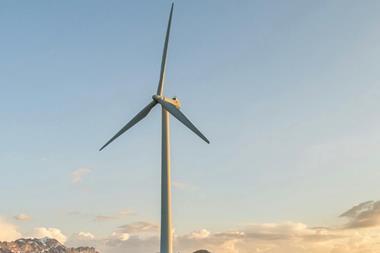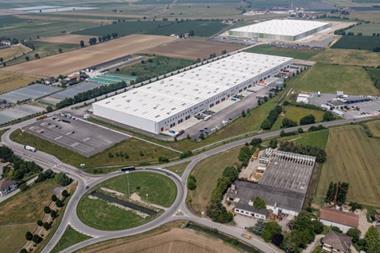CROATIA – Croatia's four mandatory second-pillar pension funds (OMFs) have the opportunity in the coming months to invest in the government's monetisation of the €2.4bn-3.2bn debts – equivalent to some 7% of GDP – incurred by Hrvatske Autoceste, the national motorway authority, and Autocesta Rijeka-Zagreb, the state-owned company that operates the Rijeka-Zagreb motorway.
The Ministry of Maritime Affairs, Transport and Infrastructure has said that the two motorway bodies had some €4bn of debt that could not be rescheduled.
Instead, the government has adopted a concession model, for 30-50 years, with an option to increase the length of the motorway and an obligation to add an additional lane if traffic increases sufficiently.
AZ and Raiffeisen, which run the country's two biggest second-pillar funds, both confirmed to IPE that they were interested in participating, without specifying further details.
Dinko Novoselec, chief executive at AZ Mandatory Fund and president of the Association of Croatian Pension Funds Management Companies and Pension Insurance Companies, said: "Formally, this is at a very early stage. Since we don't know what the process looks like, it's difficult for us to say anything."
The pension funds would be partnering with other parties in bidding consortia, and possibly even band together.
Damir Grbavac, executive board president of Raiffeisen Mandatory Pension Fund Management Company, stressed that, contrary to some Croatian media reports, the pension funds were not interested in running the highways, but participating as investors.
"We are considering – although there has been no decision yet – to team up with one of the concession group leaders," he told IPE.
The government has stressed that the one-off monetisation revenue would be used to reduce public debt, not fund current consumption, while the main income stream for the investors, according to Grbavac, will come from tolls.
Renting facilities to services will provide additional revenues, he said.
Croatia's mandatory second-pillar funds, in operation since mid-2002, had a total 1.6m members and net assets of HRK46.1bn (€6.2bn) as of the end of July, according to data from the regulator HANFA.
The system, unlike others in Central and Eastern Europe, has remained stable, even though Croatia faced similar pressures after the 2008 crisis and has been in recession since 2012.
For instance, the contribution rate (5%) has remained unchanged since 2002.
"The public debate in Croatia is about raising the contribution rate, and the two leading parties would like it increased," said Novoselec, adding that a takeover of pension assets – as occurred in Hungary and most recently with the Polish proposal to remove government bonds from its pension funds – would be legally impossible in Croatia, as the balance on a private pension fund is deemed to be private property.
There are legal changes afoot, but ones that the pensions industry welcomes.
Although the draft legislation has not been published yet, it is set to replace the current one-cap-fits all system with lifecycle funds, keeping the existing funds as balanced ones and the default fund for those who cannot make up their minds – alongside equity-weighted and conservative, government bond plans.
Members would be automatically enrolled to the conservative funds five years before retirement.
Novoselec told IPE he expected the introduction of lifecycle funds, which were pushed for by the pensions association, in 2014.
The investment regulation would also be changed.
"We're not satisfied with the current quantitative limits," said Novoselec.
These currently include a maximum portfolio aggregate of 30% for equities.
Any single company investment is limited to 10% of its total shares outstanding.
Ahead of EU membership in July 2013, a 20% limit on foreign assets was replaced with a 30% foreign currency limit, and the minimum 50% limit in Croatian sovereign bonds with that of EU member state paper.
Unlike Croatian eurobonds, government bonds denominated in euros but settled in kuna are treated as local currency investment.
The new limits will include raising the single company investment to 20%.
Novoselec explained that, given the large size of the pension funds in relation to the capitalisation of many Croatian stocks, the current 10% cap prevents the funds from investing a sizeable portion of their portfolios in local companies.
"The increase will give us more room to invest in Croatian equities, which is something we would like to do," he said.
As of the end of July, the funds' total portfolios remained highly conservative.
According to data from HANFA, 71% of all assets were invested in Croatian government bonds, 12% in domestic equity and 8% in foreign equity.
Foreign holdings accounted for 12%.
Another possible change is a programmed reduction in management fees.
Previously, fees were periodically reduced by the regulator, which contributed to pension fund performance volatility.
Novoselec added that, at 45 basis points, these are substantially lower than those charged by Hungarian or Polish pension management companies.
IPE and Stirling Capital Partners are co-hosting a conference, Infrastructure for Pension Funds and Other Capital Owners, to take place on 2 October in London. For more information, click here.












